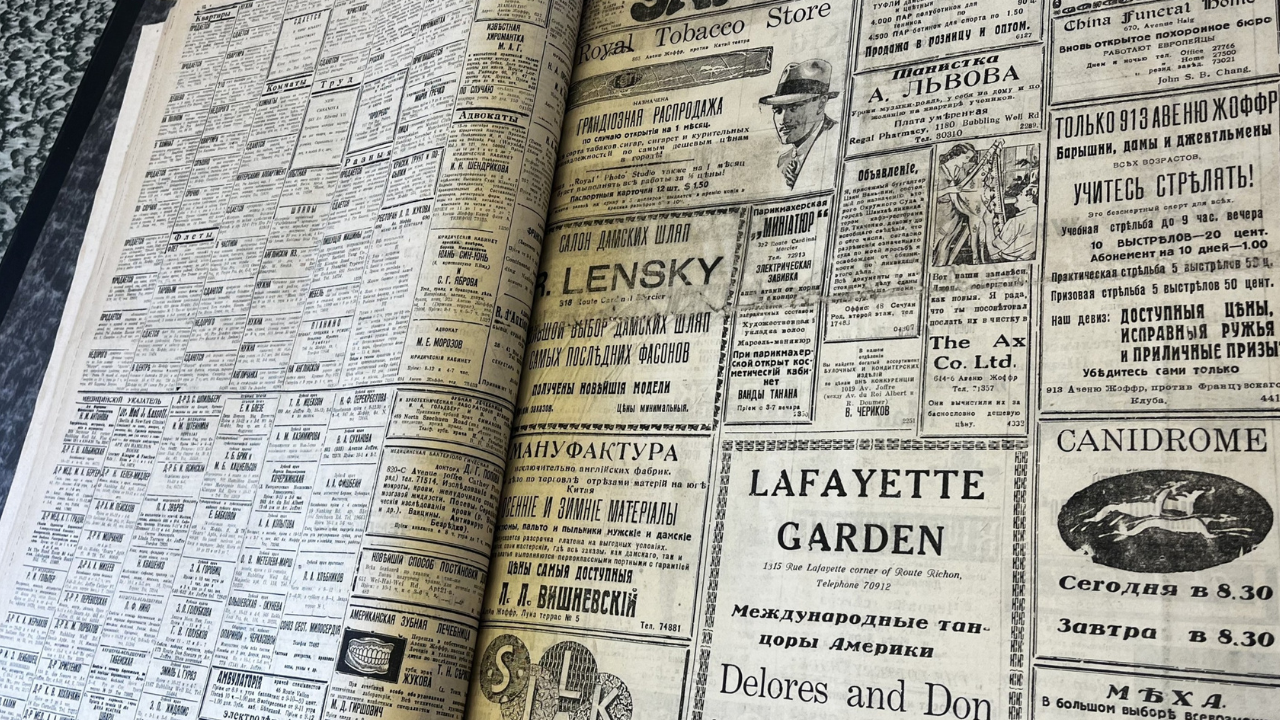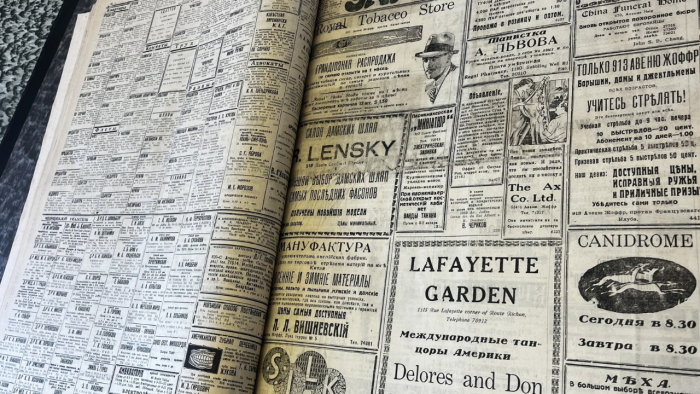Hoover Institution (Stanford, CA) — The Hoover Institution Library & Archives announces a significant milestone in the development of the Russia Abroad Digital Collection (RADC), an open-access platform devoted to preserving and providing global access to Russian-language newspapers published outside the Soviet Union between 1917 and 1992.
The project originated on March 30, 2024 with a generous gift from John Stephan, professor emeritus of Russian and Japanese history at the University of Hawai‘i at Mānoa and a distinguished scholar of the Russian Far East and émigré communities. His donation catalyzed the creation of what would become RADC. The platform officially launched for public use on November 18, 2024.
RADC’s mission is to digitize all extant Russian-language newspapers produced abroad during this period and to make them fully searchable to researchers worldwide. In its first year, the project has already reshaped the study of the Russian diaspora by removing longstanding barriers to access, which is an especially important development as research within the Russian Federation has grown increasingly difficult. All materials are freely available, with no subscription or registration required.
"Publications included so far were issued in ninety-six cities across thirty-five countries,” said Vladimir von Tsurikov, project leader for RADC. In November 2025, the collection reached a key milestone — 1,057,315 pages from 584 newspaper titles are now digitally available with full OCR searchability.
Initial digitization efforts prioritized major émigré dailies and influential periodicals such as Dni (Paris), Molva (Warsaw), Nakanune (Berlin), Novoe russkoe slovo (New York), Posledniia novosti (Paris), Rul’ (Berlin), Russkaia zhizn’ (San Francisco), Segodnia (Riga), and Vozrozhdenie (Paris).
The project has required and benefitted from extensive international collaboration. Hoover is digitizing newspapers from its own holdings while partnering with institutions worldwide, including The New York Public Library, Stanford University Libraries, University of Hawai‘i at Mānoa, Berlin State Library, Latvian National Library, Library of Congress, Museum of Russian Culture, National Library of the Czech Republic (Slavonic Library), National Library of Estonia, and the Russian Print Abroad project. The collaboration with the Slavonic Library in Prague has been especially impactful, granting access to the world’s largest collection of rare interwar Russian émigré periodicals — now prominently represented on the RADC platform.
Among the project’s notable discoveries are Seadate Besher (Persia, 1934), the only Russian-language newspaper published in that country; Ogni, a 1921 typescript newspaper produced in the White Army camp at Gallipoli; and rare titles such as Staroe vremia (Belgrade, 1923–24), Put’ (Helsinki, 1921–22), Ekho (Harbin, 1925–26), and Vera i vernost’ (Novi Sad, 1923–25).
The collection continues to expand. In addition to newspapers, RADC now includes journals and information bulletins, with ongoing efforts to identify and digitize additional rare and at-risk materials. The project’s long-term goal is to ensure that the global Russian émigré press is comprehensively preserved and accessible for scholars, students, and the public for generations to come.
For more information, contact Vladimir von Tsurikov (tsurikov@stanford.edu), Russian Diaspora Initiative Project Leader at the Hoover Institution Library & Archives.




















